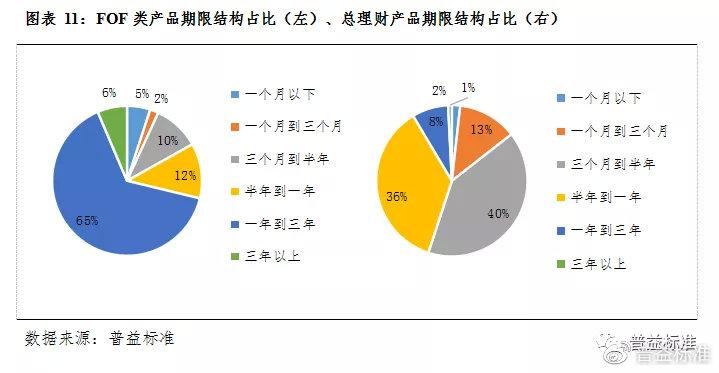在日常交流中,我们常常需要表达对某一事物、活动或情况的偏好,这种时候,“prefer”这个词便派上了大用场。“prefer”的含义是更喜欢、更希望某事物而非另一事物,它的使用非常广泛,几乎涵盖了所有的生活场景,下面,我们将通过一些例句来具体探讨“prefer”的用法。
prefer的基本结构
prefer的基本结构如下:
- Prefer sth:指一般地更喜欢某事。
- Prefer to do sth:更喜欢做某事。
- Prefer doing sth to doing sth else:与做某事相比更喜欢做另外一件事。
- Prefer sth/sb to sth/sb:比起某物/某人更喜欢某物/某人。
- Prefer that从句(宾语从句),跟虚拟语气:更希望……(用于提出建议、要求等场合)。
prefer常见用法及搭配
1、prefer+名词或动名词
“prefer+名词或动名词”形式简单明了,可用于描述长期稳定的偏好。
- She prefers tea to coffee.(她喜欢茶胜过咖啡。)
- He prefers playing football in the park.(他更喜欢在公园里踢足球。)
注意,尽管“prefer+doing”是正确的表达方式,但在非正式语境中,有时也可以省略“ing”,即直接说:“He prefers to play football in the park.”
2、prefer to do sth.
当你想说“更愿意做某事”,则要用“prefer to do sth.”的形式。
- I prefer to go for a walk after dinner.(我更愿意饭后散步。)
3、prefer A to B
当我们要对比两种选择时,“prefer A to B”就显得尤为重要,这个句型强调的是A比B更受青睐。
- I prefer cats to dogs.(我喜欢猫甚于狗。)

- She preferred the red dress to the green one.(她喜欢红色裙子而不是绿色的那条。)
4、prefer doing A to doing B
当我们想要比较两个动作或状态时,可以使用“prefer doing A to doing B”,这一句型同样突出A相对于B而言更受欢迎,如:
- We prefer working out at home to going to the gym.(我们更喜欢在家里锻炼,而不去健身房。)
- They preferred watching movies online to going to the cinema during the pandemic.(疫情期间,他们更喜欢在线上看电影而不是去电影院。)
5、prefer sth/sb to sth/sb
此结构常用于表示比起某物/某人更喜欢某物/某人。
- He prefers classical music to pop music.(他更喜欢古典音乐而非流行音乐。)
- The manager prefers John to Tom because John works harder.(经理更喜欢约翰而不是汤姆,因为约翰工作更努力。)
6、prefer that从句
此句型主要用于提出建议、请求等场合,并且在从句中要使用虚拟语气。
- I prefer that you arrive earlier next time.(我希望你下次能早点到。)
- He preferred that we stay here.(他希望我们留在这里。)
7、prefer... rather than...
这一搭配表示“宁可……也不……”,用来表达强烈的意愿或偏好。
- I prefer walking rather than taking the bus.(我宁愿走路也不想坐公交车。)
- He prefers to die rather than give up his beliefs.(他宁愿死也不愿放弃自己的信仰。)
三、prefer与would rather的区别
prefer与would rather虽然都有“宁愿……也不……”的意思,但二者用法上还是有些许差异:
- Would rather + 动词原形:直接接续动词原形,如“I would rather stay at home than go out tonight.”
- Prefer to do sth rather than do sth:中间要插入不定式符号to, 如“She prefers to read books rather than watch TV.”
- Would rather + not do sth:否定式为would rather后直接加not,再接动词原形,而prefer没有此结构,否定形式只能在动词前添加否定词。
- Prefer... to...:可以用来对比两个事物或两个动作,但would rather不具有此功能,它仅仅用于表示宁愿……也不……
prefer在句子中的位置变化
通常情况下,“prefer”位于句子主语之后,但在某些特殊情况下,根据语感和语境的需求,它也会出现在句尾作为倒装句的一部分,如:
- If only I could choose, I would take your advice; if only you could prefer staying with me.(如果我能选择的话,我会接受你的建议;如果你愿意的话,就陪在我身边吧。)
prefer的同义替换
在写作或口语表达中适当使用同义词或短语,可以使语言更加生动有趣:
- Be fond of...
- Have a preference for...
- Be keen on...
- Enjoy... more...
六、prefer的过去式、过去分词和现在分词形式
- Past tense(过去时): Preferred
- Past participle(过去分词): Preferred
- Present participle(现在分词): Preferring
正确掌握并熟练运用上述知识,定能让你在日常沟通中游刃有余,表达得体,希望通过本文的学习,大家对于如何运用“prefer”有了更加深入的理解,今后不论是英语学习还是实际应用过程中遇到关于“prefer”的问题,都能轻松应对。











